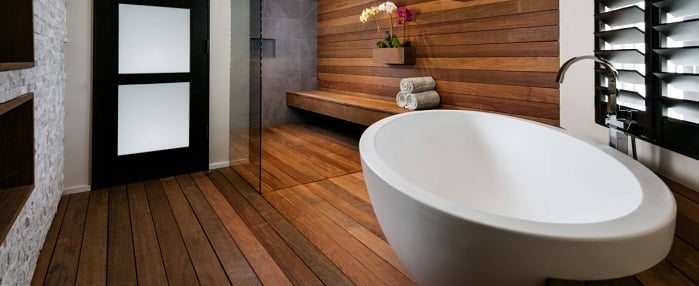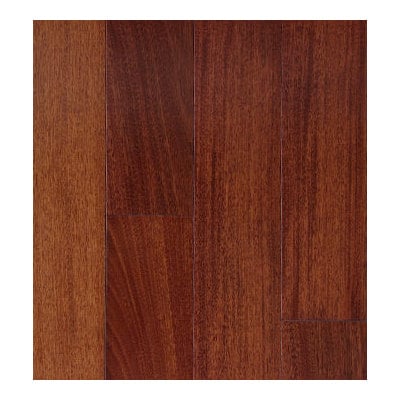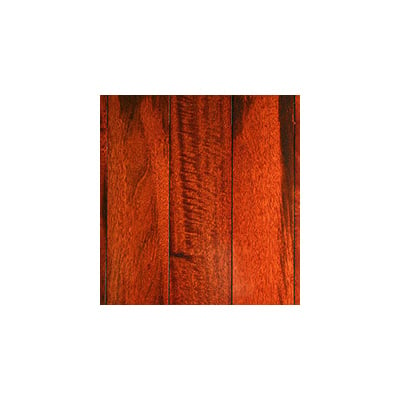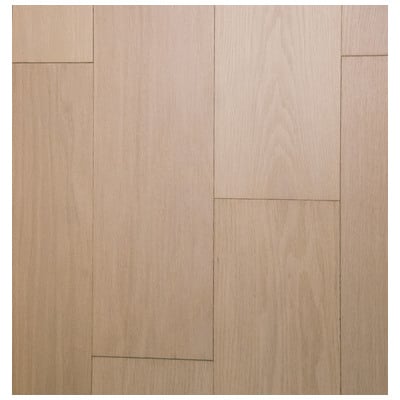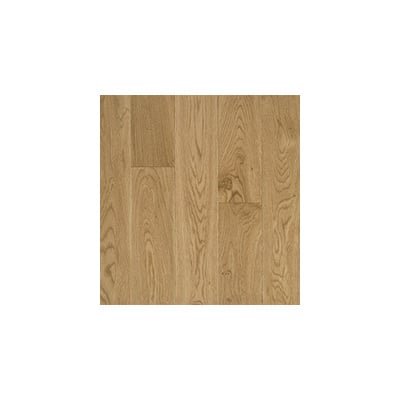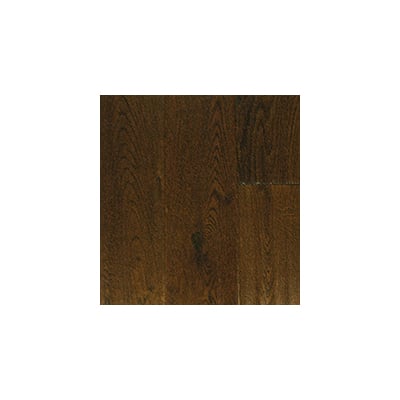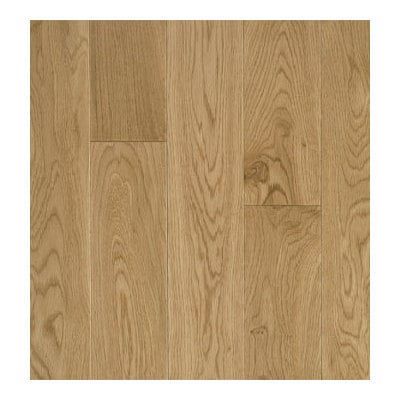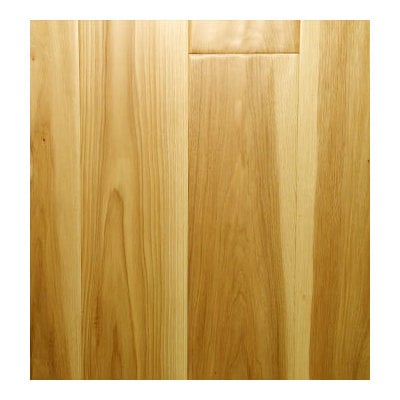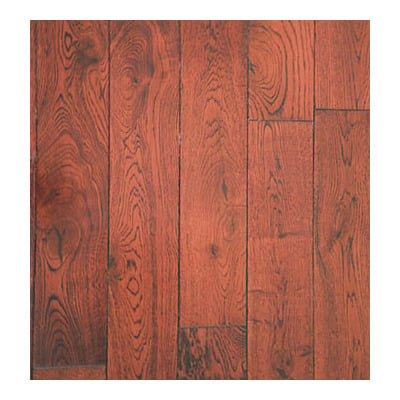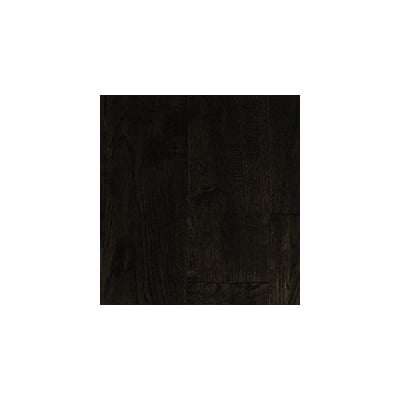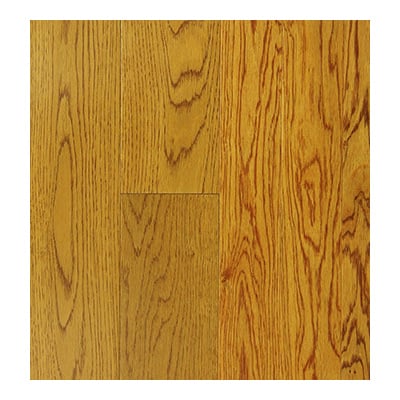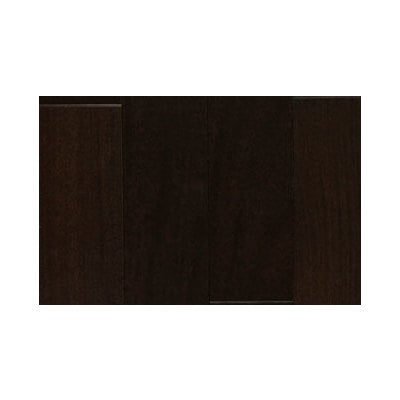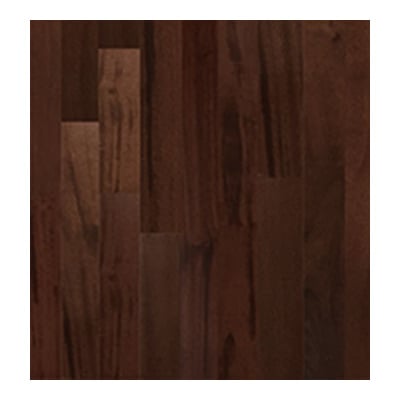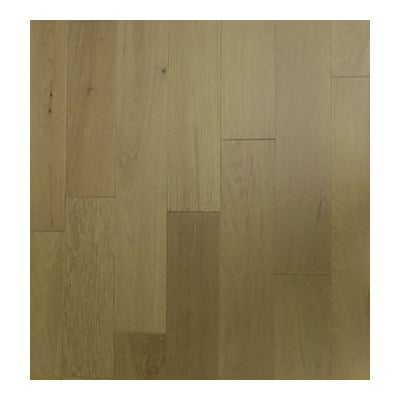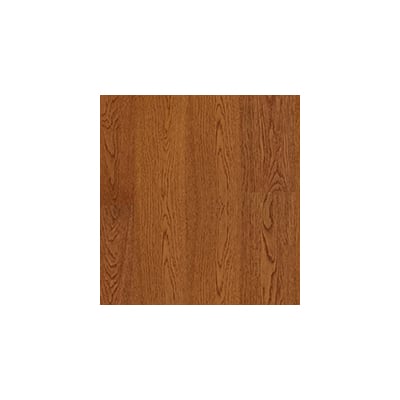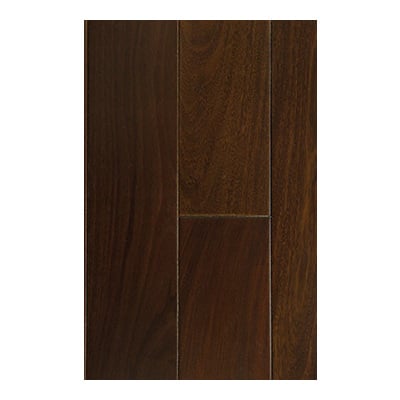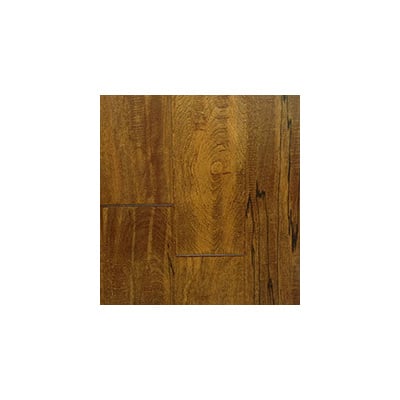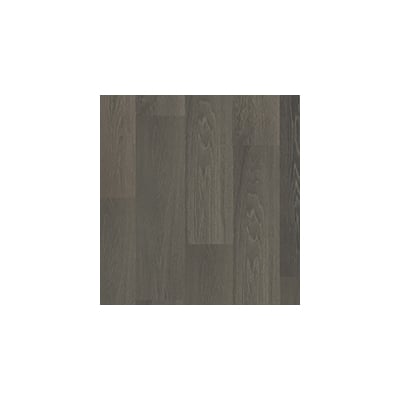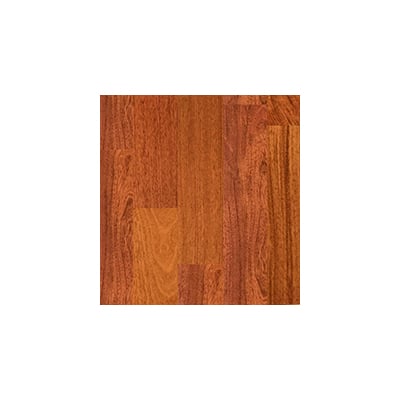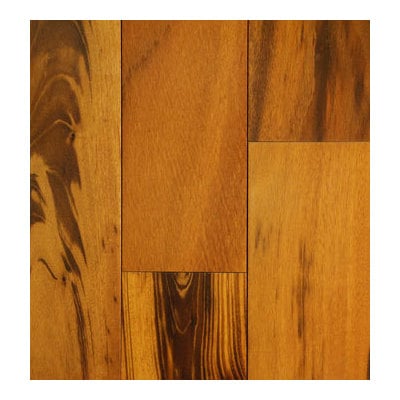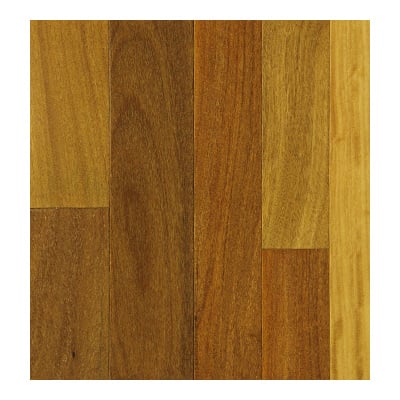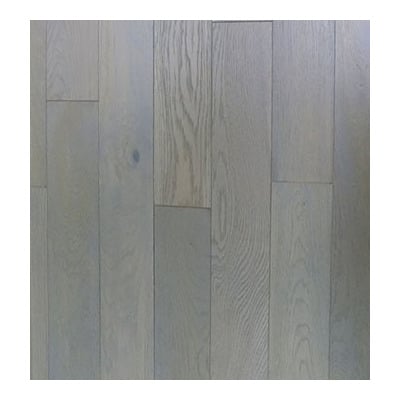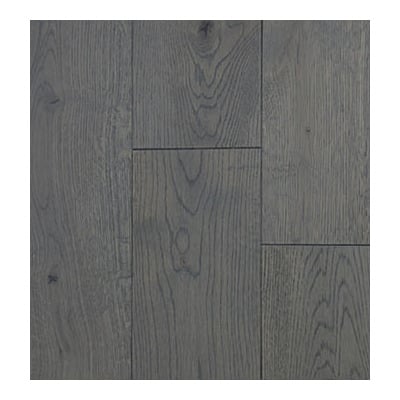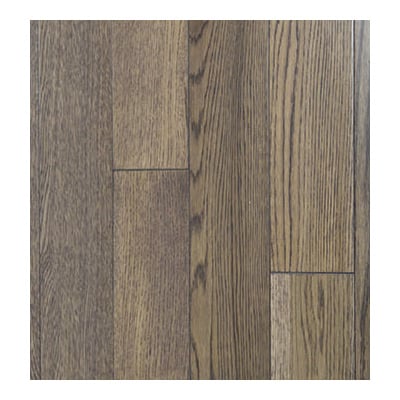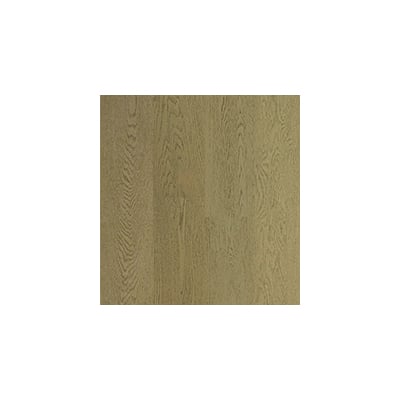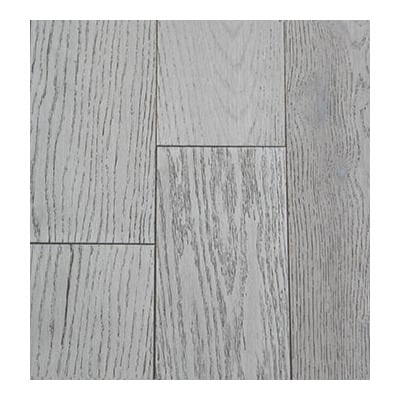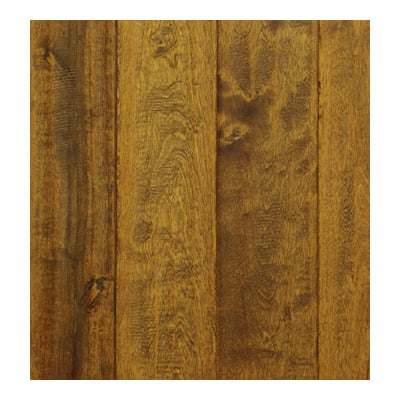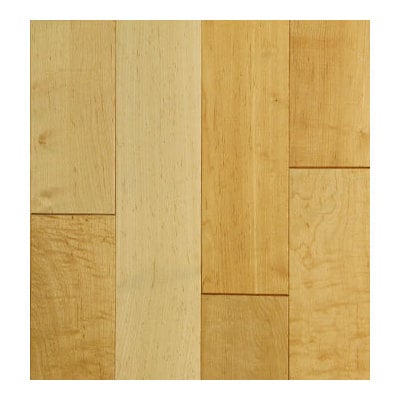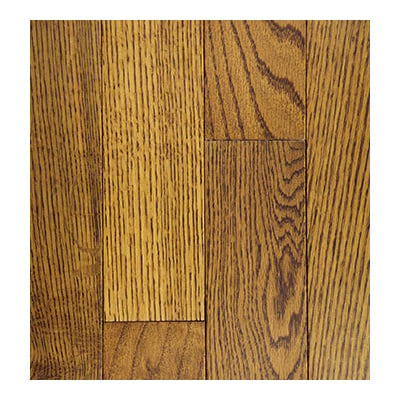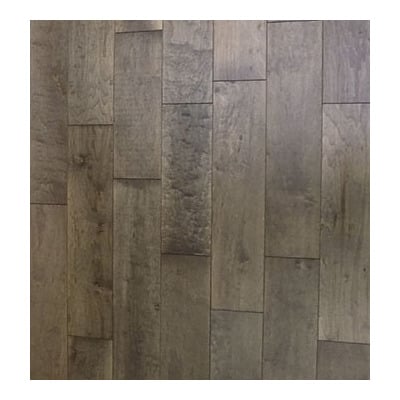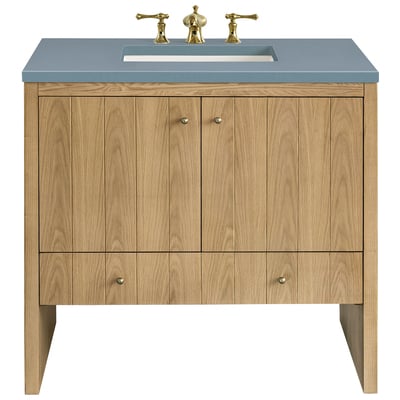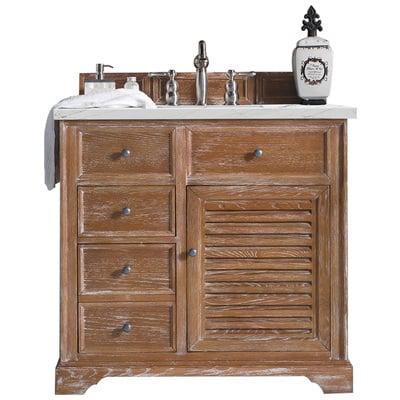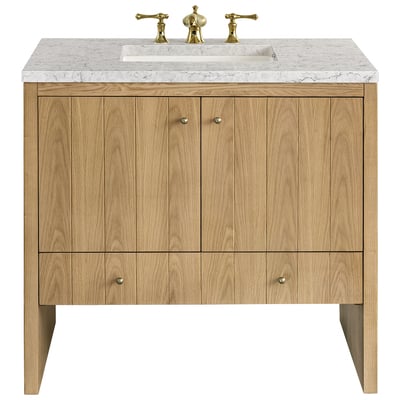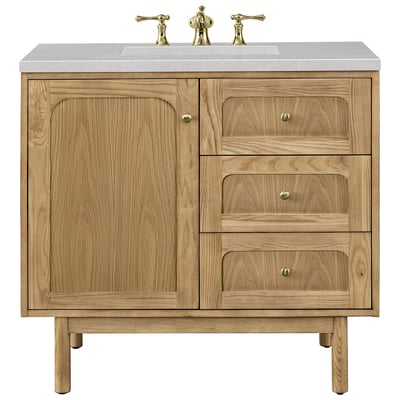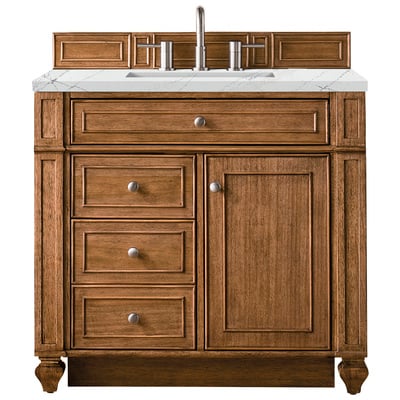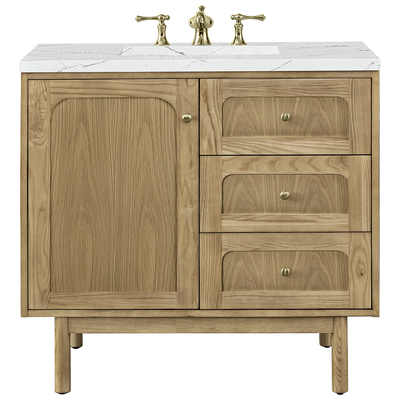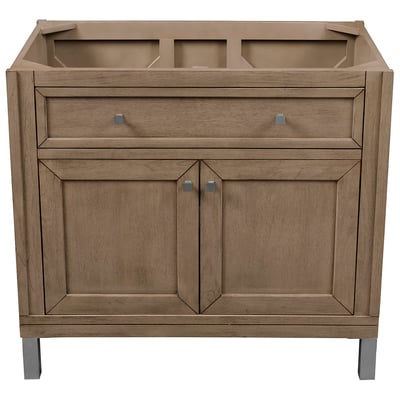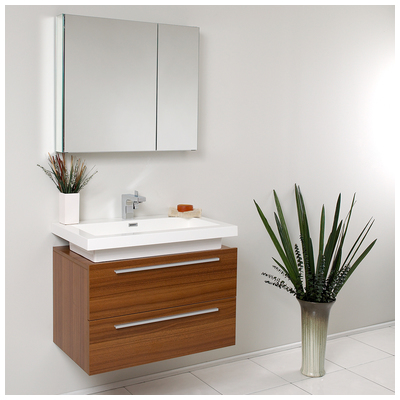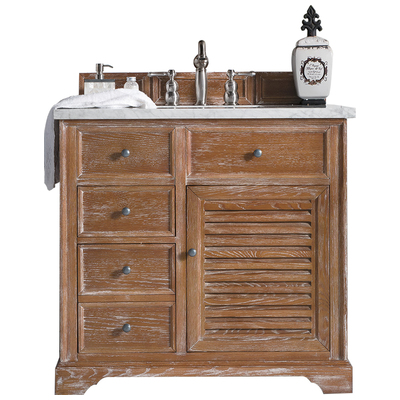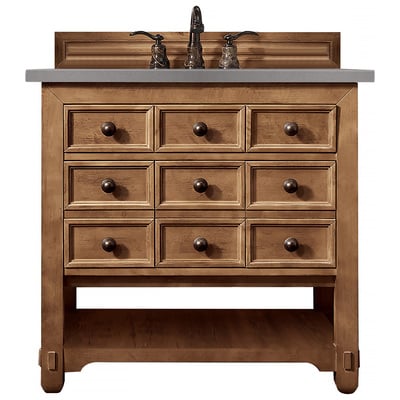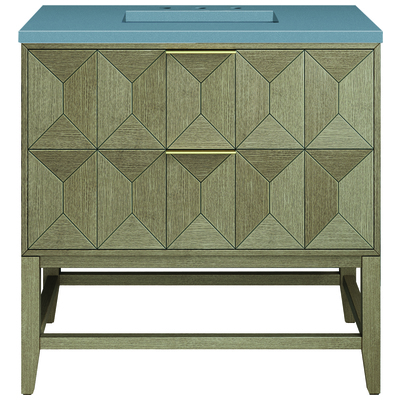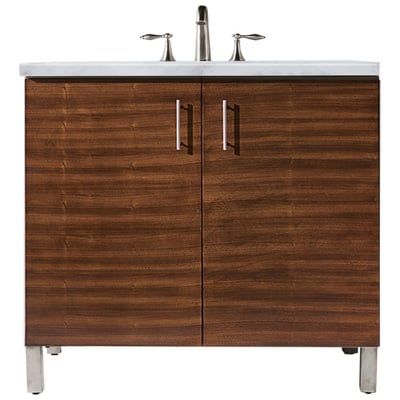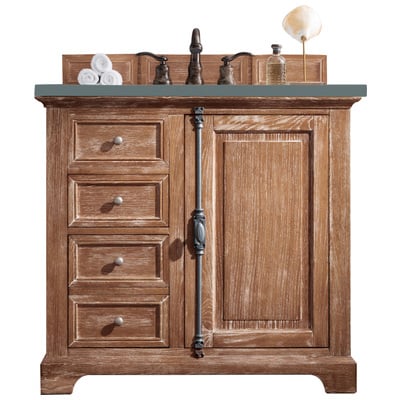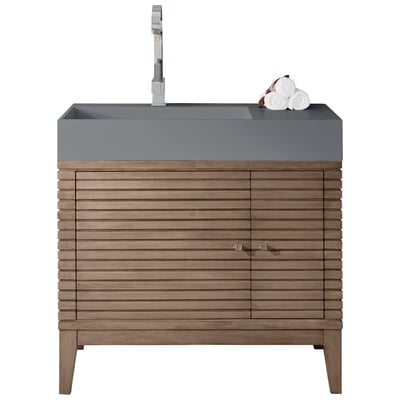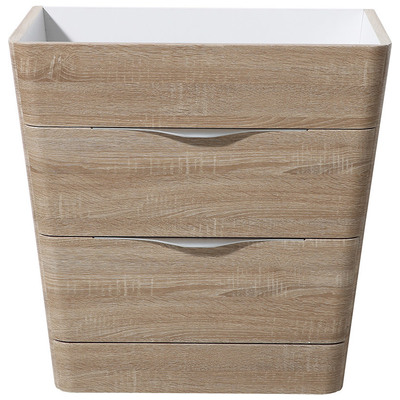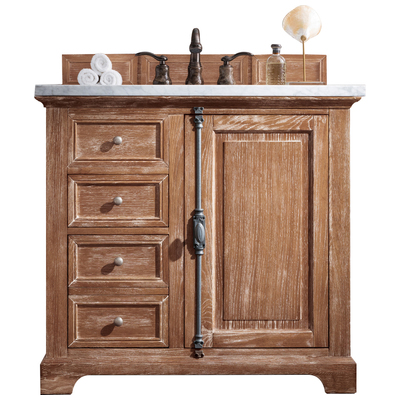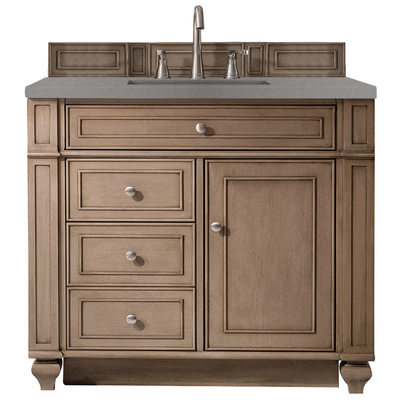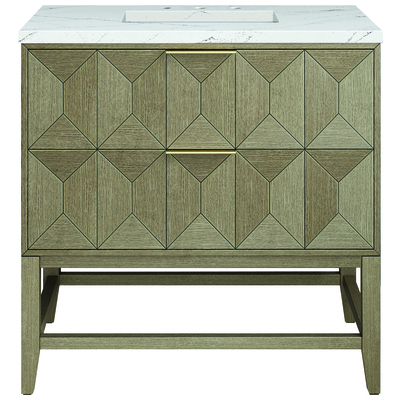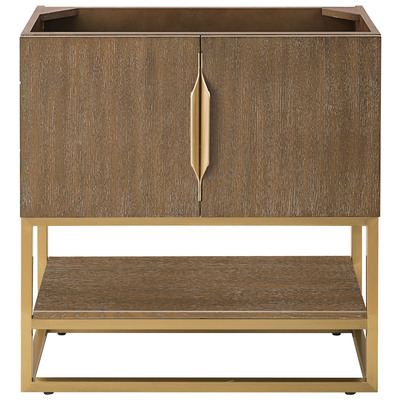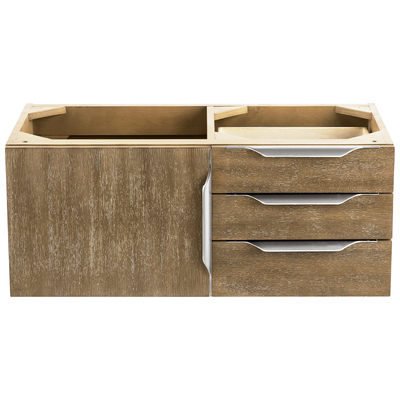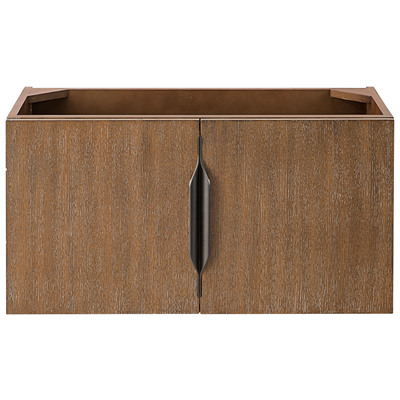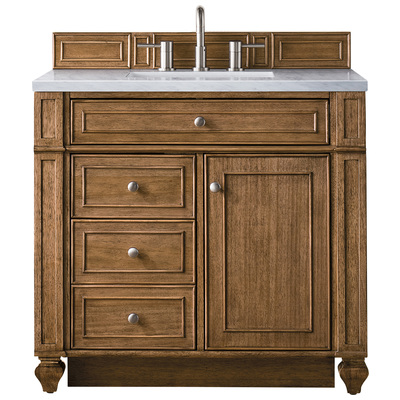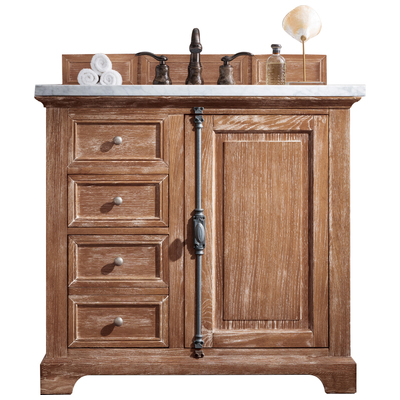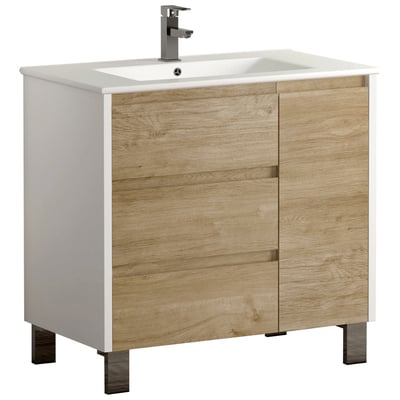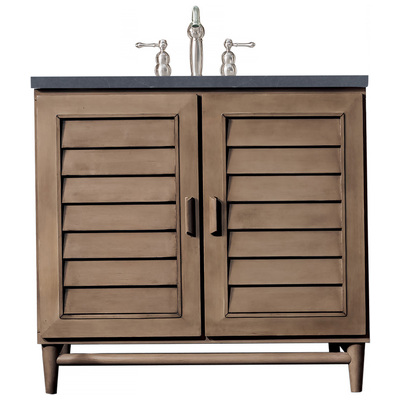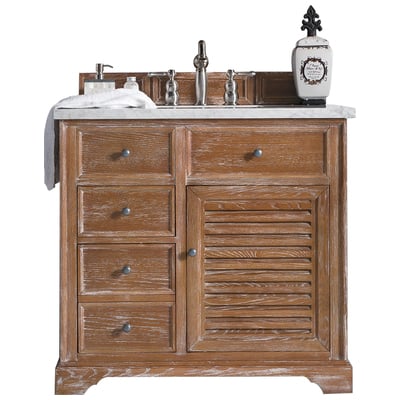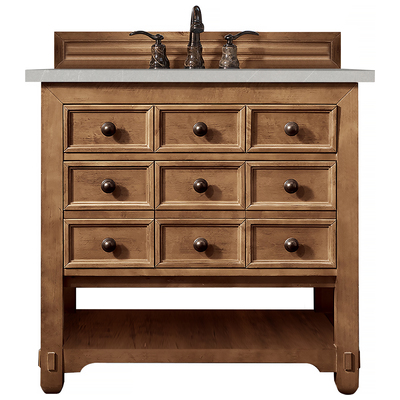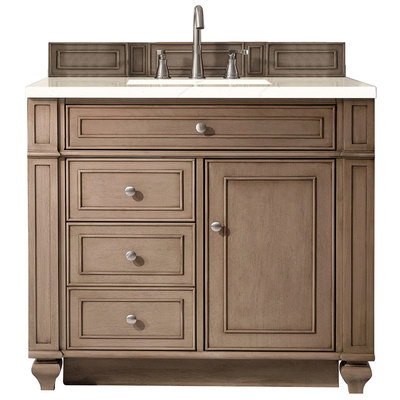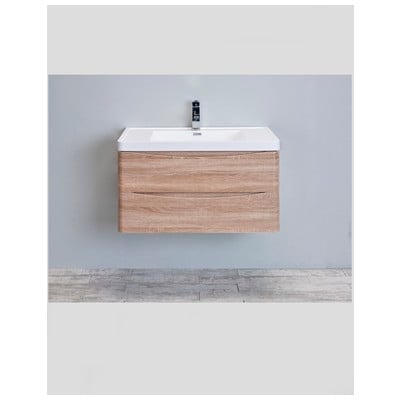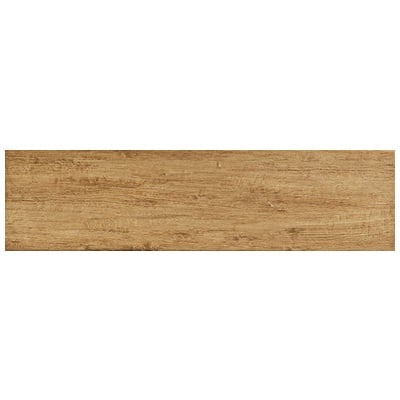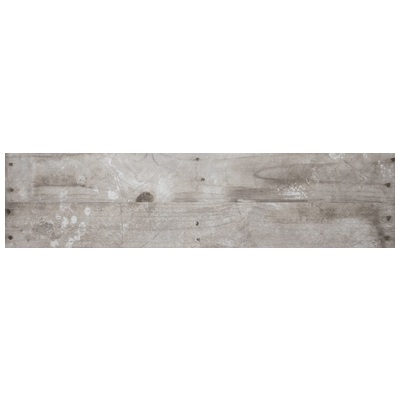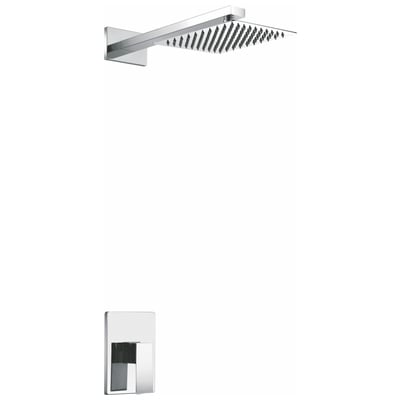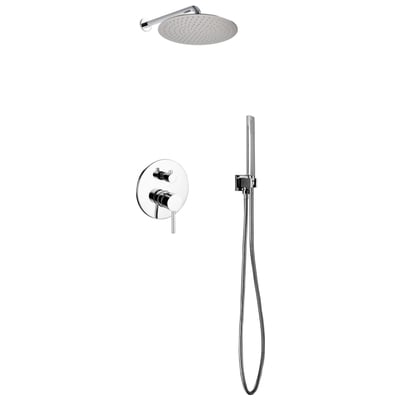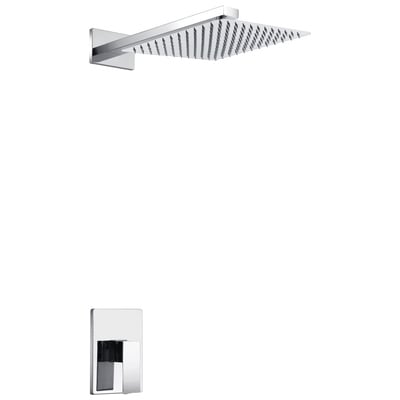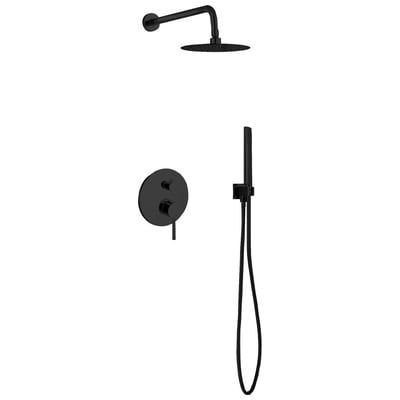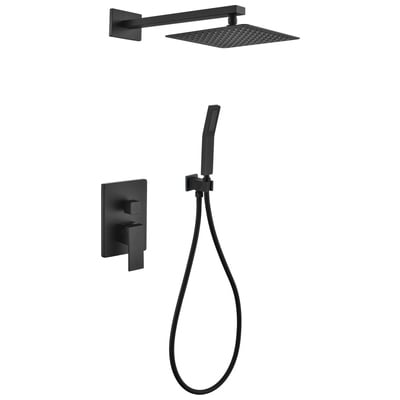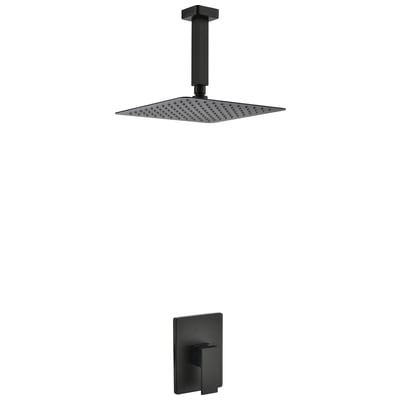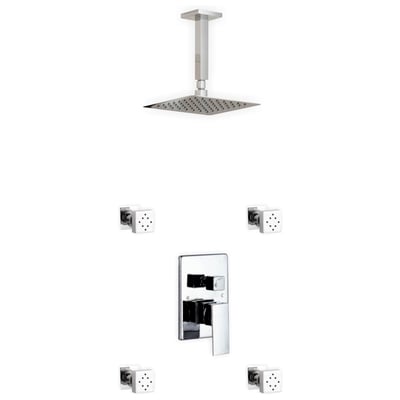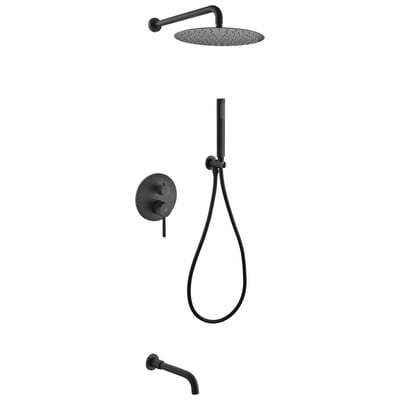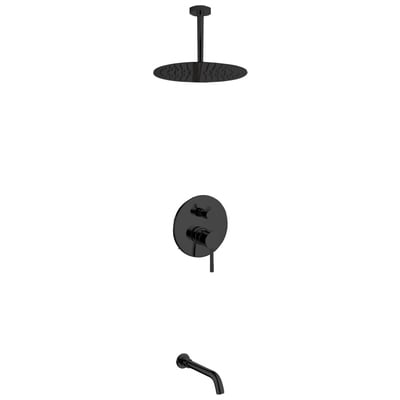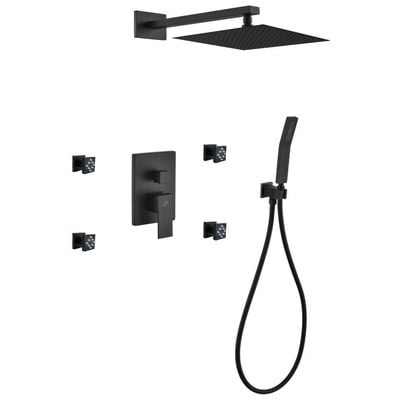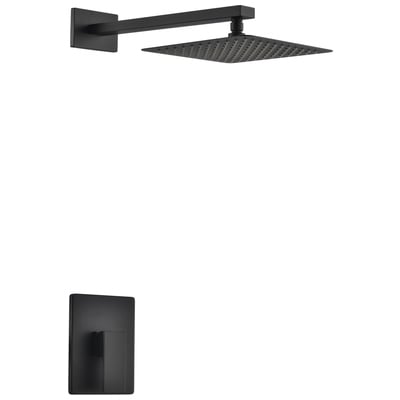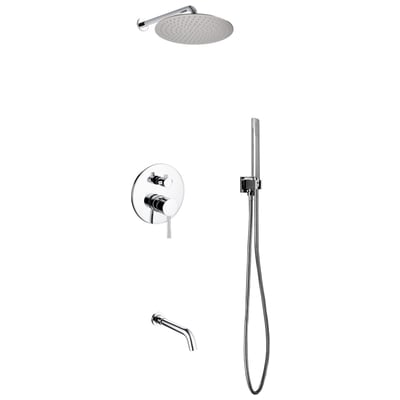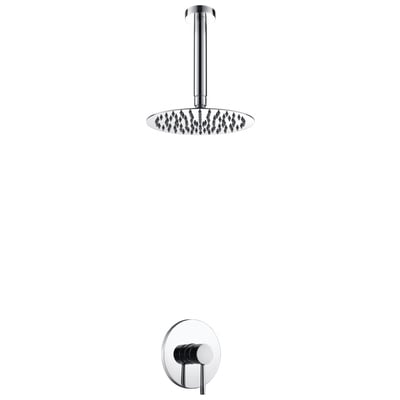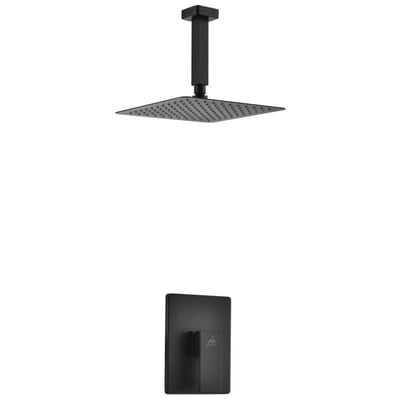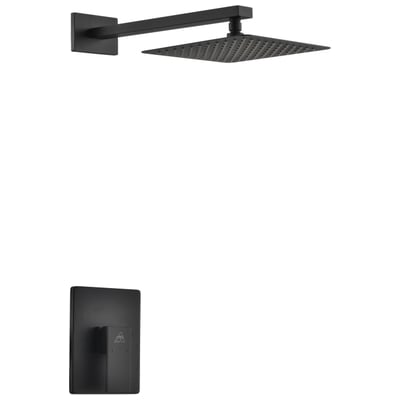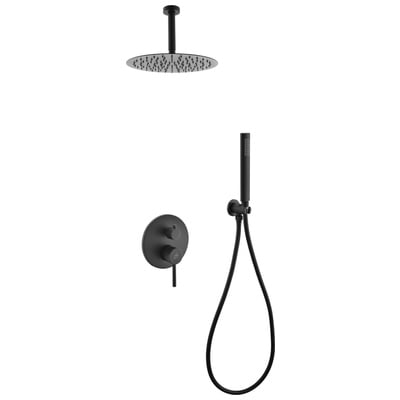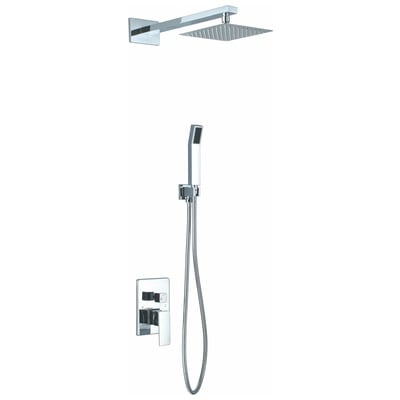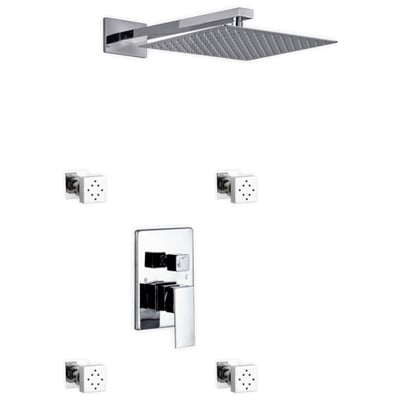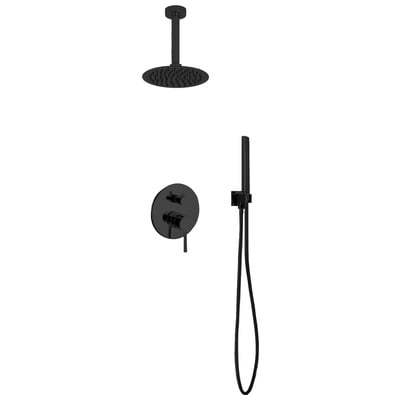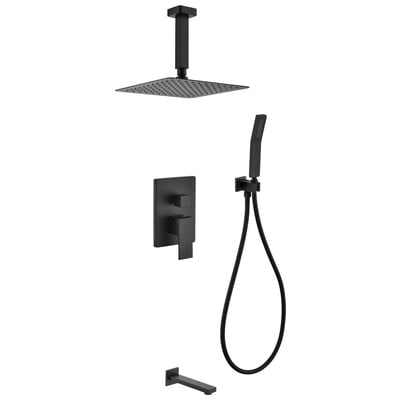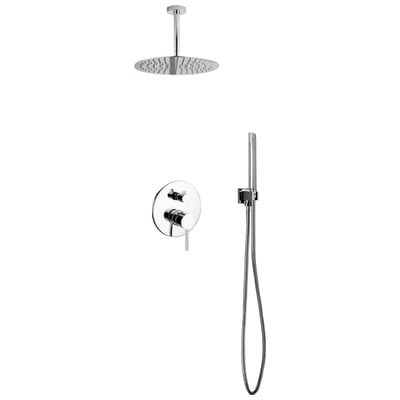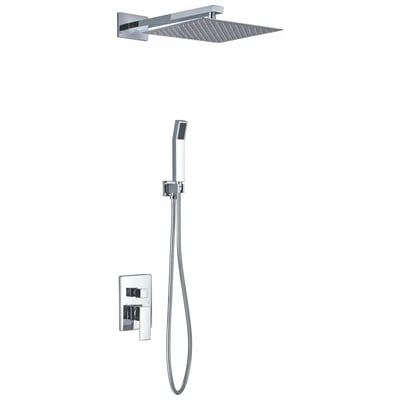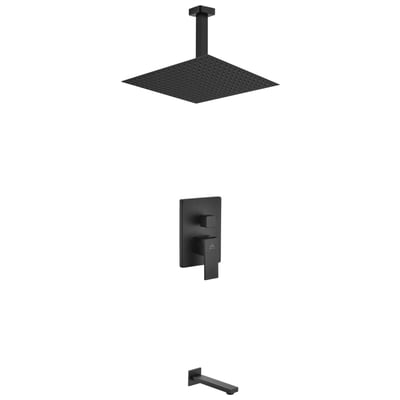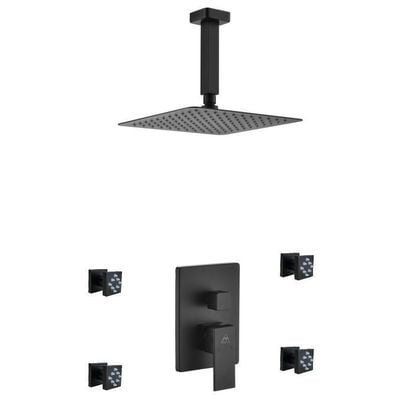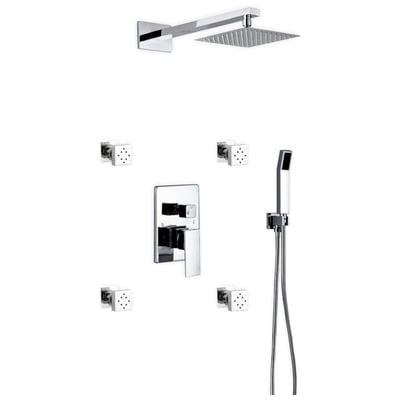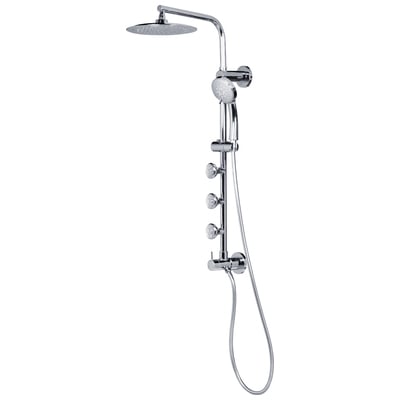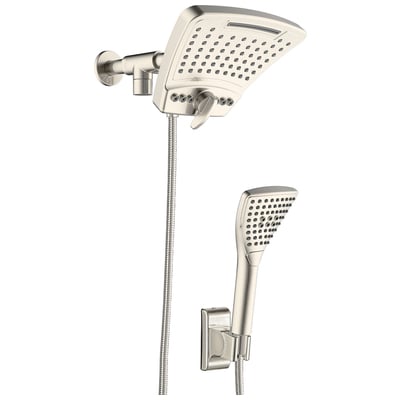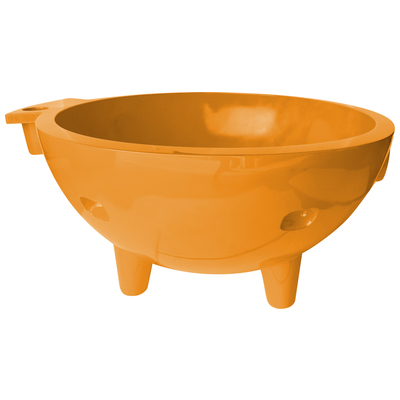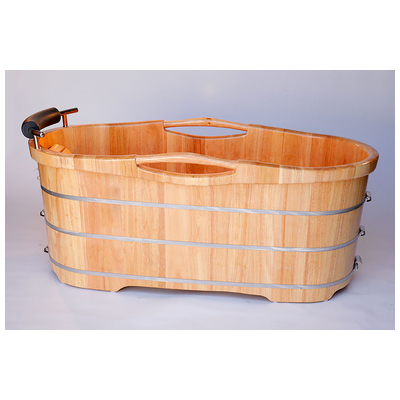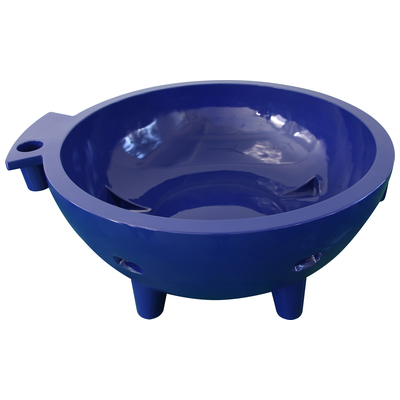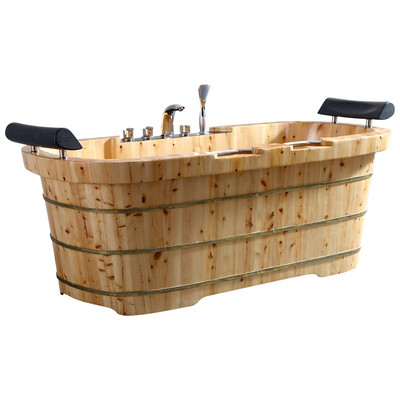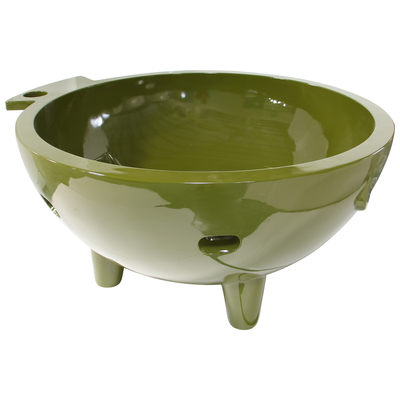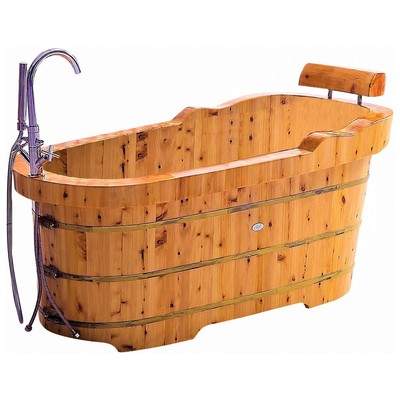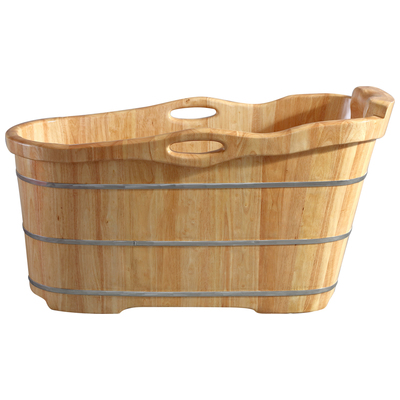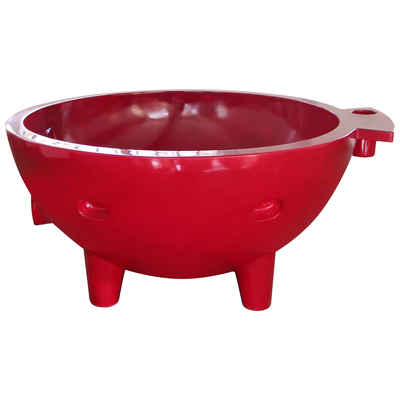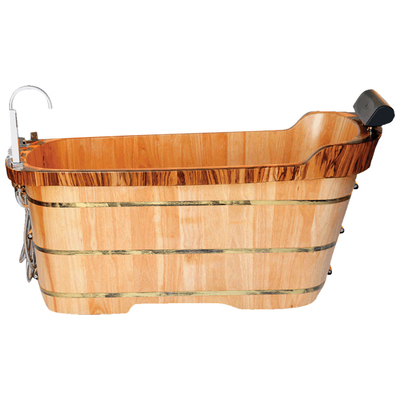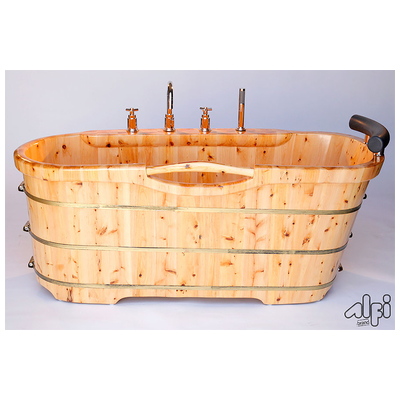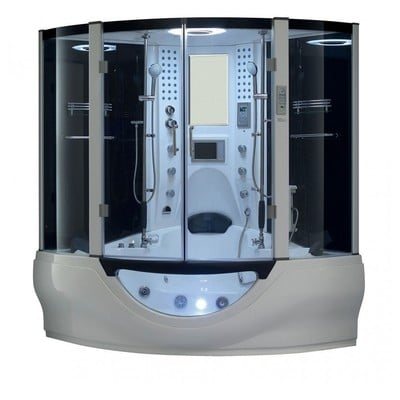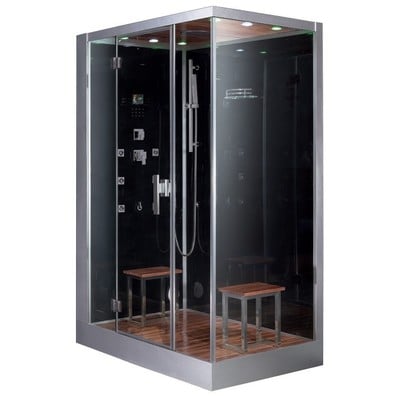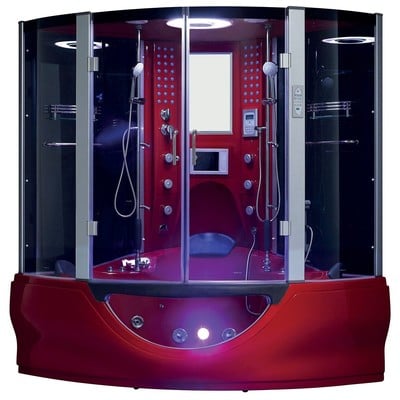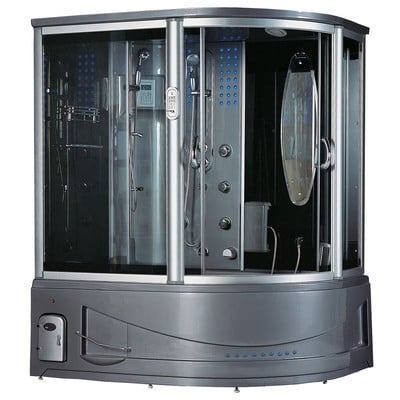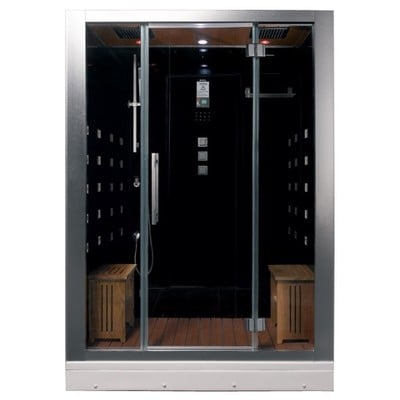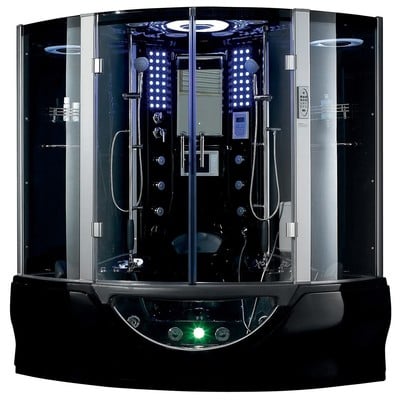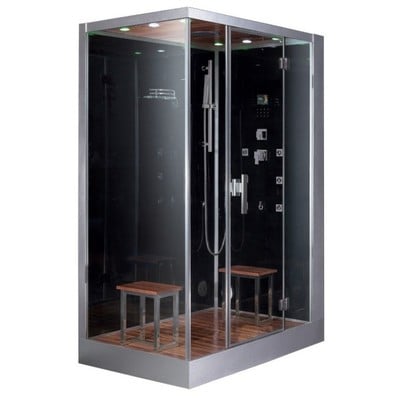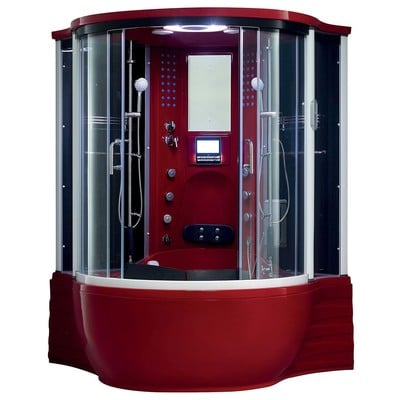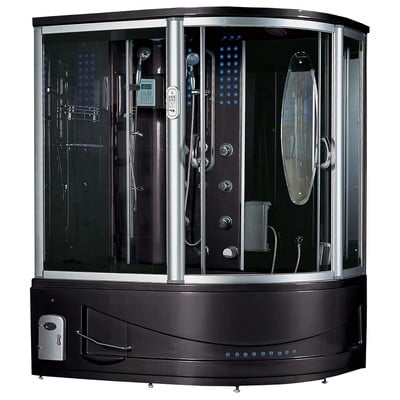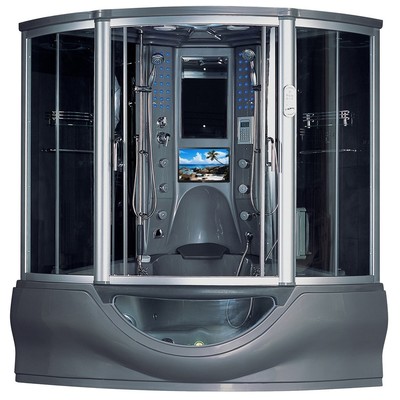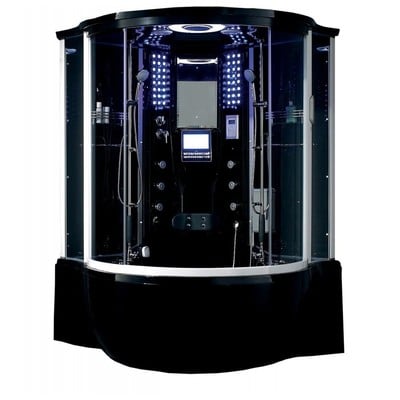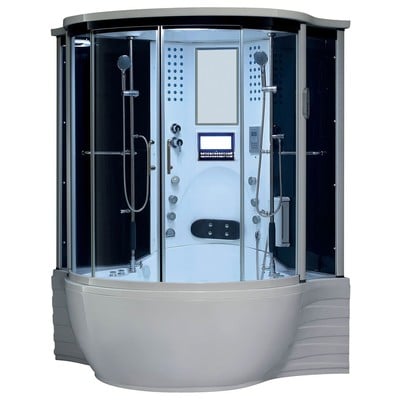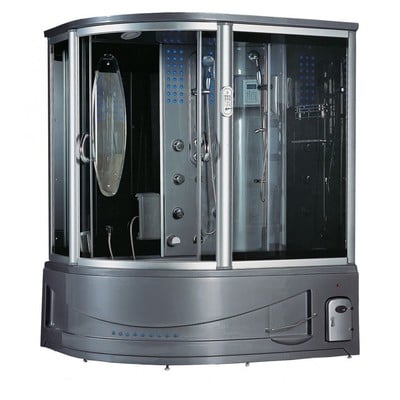With the obvious exception of bathroom vanities, putting any wood in a bathroom has long been a big no-no. After all, bathrooms are full of water, heat, steam, and fluctuating temperatures – all natural enemies of hardwood. Yet more and more homeowners and designers are bringing the warmth of natural wood into this forbidden territory, for much more than just your vanity. So how does it work, and could it work for you?
Four Keys To Making Wood Work In A Bathroom
If it seems odd that such a long-standing design taboo is doing a complete 180, you aren’t wrong. But this growing trend isn’t happening on its own. It’s the convergence of a few different factors that add up to making wood a viable choice for the bathroom.
- Finish: The reason wood bathroom vanities have always gotten a pass is because the wood they’re made from undergoes extensive treatment to make it stand up better to water exposure. Increasingly, these treatments are becoming available for wood you can use throughout your bathroom.
- Wood Type: Some types of wood are more susceptible to water damage than others. In recent years, highly water resistant wood types – like teak – have become more commercially available and affordable. That means you can use wood in places where porous wood (like pine) can’t go.
- Wood-Look Tile (And Other Faux Wood): There’s also been a huge recent boom in wood alternatives. From tile to laminate, it’s easier than ever to find a water-resistant wood alternative with a realistic look and pleasant feel.
- Attitude Towards Care: Finally, with the increased interest in luxury bathrooms, there’s also been an increased willingness to care for high-end materials. Doing a quick daily clean and regular long-term maintenance can go a long way towards preserving even less water-resistant hardwood.
Where Can I Use Wood In The Bathroom, Other Than The Vanity?
Accessorize With Wood Bathroom Walls, Ceiling, Beams, And Furniture
Maybe the simplest new use for wood in the bathroom is as an accent. That can be anything from an accent wall or ceiling to beams, barn doors, or even wood furniture. For the most part, these don’t even really need any special care; as long as your bathroom is well-ventilated and you’re willing to do normal periodic upkeep, these fixtures are minimally susceptible to moisture in the first place. That means you can even use unfinished or reclaimed wood (like barn beams). For easier upkeep and a more polished finish, opt instead for wood-look tile.
The Ultimate Taboo: Real Hardwood Bathroom Floors
The biggest taboo of using wood in the bathroom has always been the floors. But this is actually now one of the easiest ones to pull off. Whether you want to minimize maintenance with wood-look tile or vinyl flooring or go all-in for the warm touch of natural hardwood, bathroom-ready wood flooring is no longer an unattainable dream. Worst case, you want to make sure to wipe up spills and drips in a timely manner. But on the opposite end, you can even get wood floors that are resistant enough to use everywhere in your bathroom, including…
Wood Showers And Shower Floors
The real showstopper: wood showers. This is a feature that’s been slowly creeping its way into the mainstream over the last few years. Depending on how bold you’re feeling, this can be anywhere from a simple wood shower floor to a head-to-toe wood shower enclosure. The key is the availability of dense, oily, water-resistant woods like teak. You can get a similar effect from wood-look tile, but I’d go the extra mile for a wood-slat floor installed over your shower pan. There really is nothing quite like standing on a real hardwood floor while you shower to get that beachy, spa-like experience.
A Wood…Bathtub?
Want something a little easier to pull off during the renovation phase? You might want to look for an all-wood bathtub. These are still a little rare to find (though Alfi is a reliable go-to brand), but are made entirely of wood, either banded together like barrels, or sealed at the edges for a more seamless appearance. The best part? You’d be amazed at how little additional maintenance they need compared to acrylic or porcelain tubs. You want to rinse out any bath salts or suds after you use it and clean the surface regularly. But the only unusual maintenance it needs is to periodically fill it with water to ensure the wood doesn’t dry out over time.
Nordic (And Not-So-Nordic) Wood Saunas And Steam Showers
Last but not least, saunas are also making a big comeback, though often with a twist. Most common wood-room saunas are nordic-inspired and traditionally use an electric hot-rock heater to produce a dry heat. But these days it’s more common to see steam showers made of wood rather than the more conventional tile. Once again, this relies on using a wood that’s resistant to both steam and heat, but makes it possible to have a shower and sauna in a single unit, rather than a sauna as a separate room. This retains the iconic look of a nordic sauna, while being a little more practical for a single-family home.
If you love the look and feel of wood, your time has come. From small accents to floor-to-ceiling planks, it’s high time to consider wood as a feature for your bathroom, and not something to fear!

